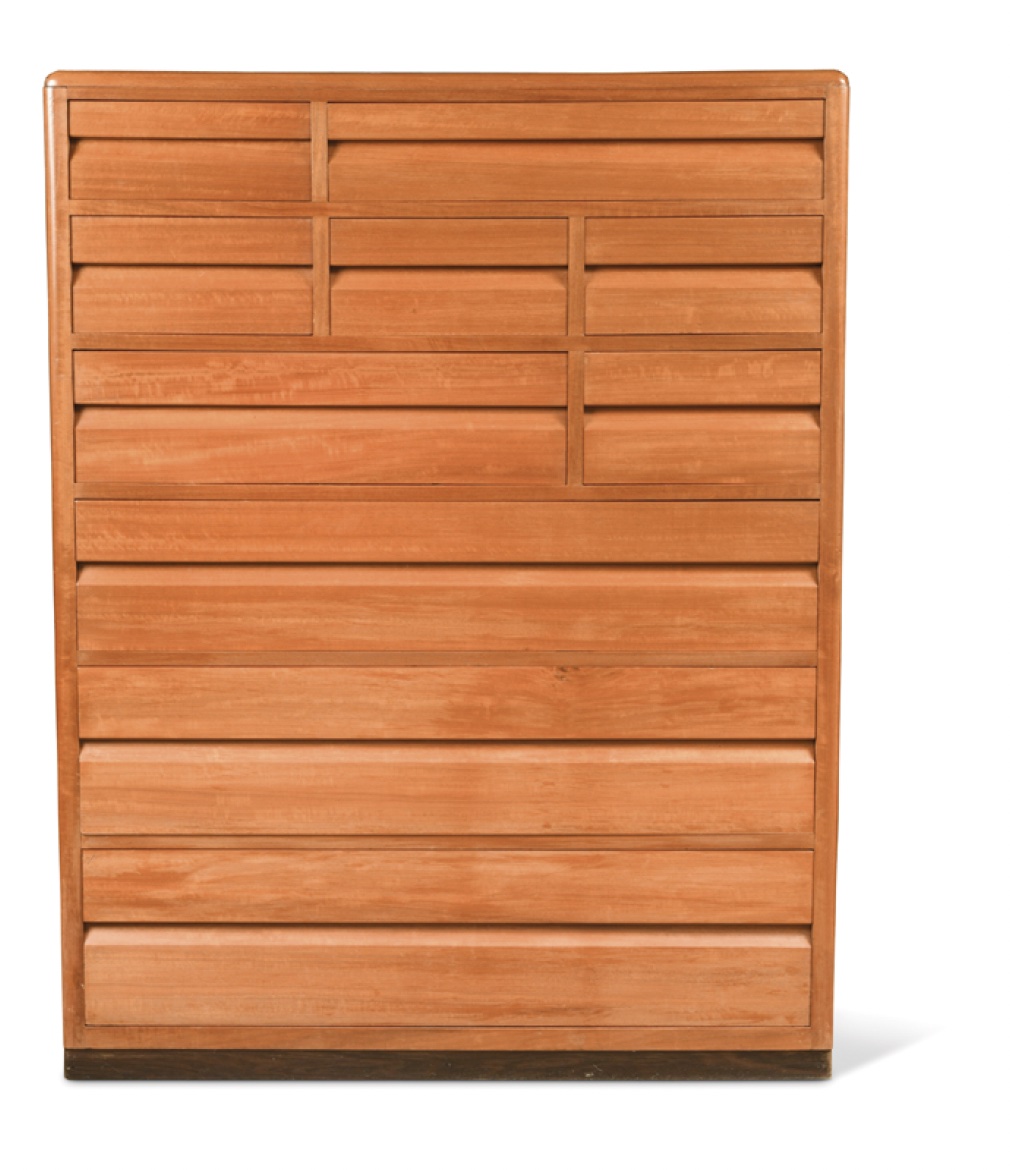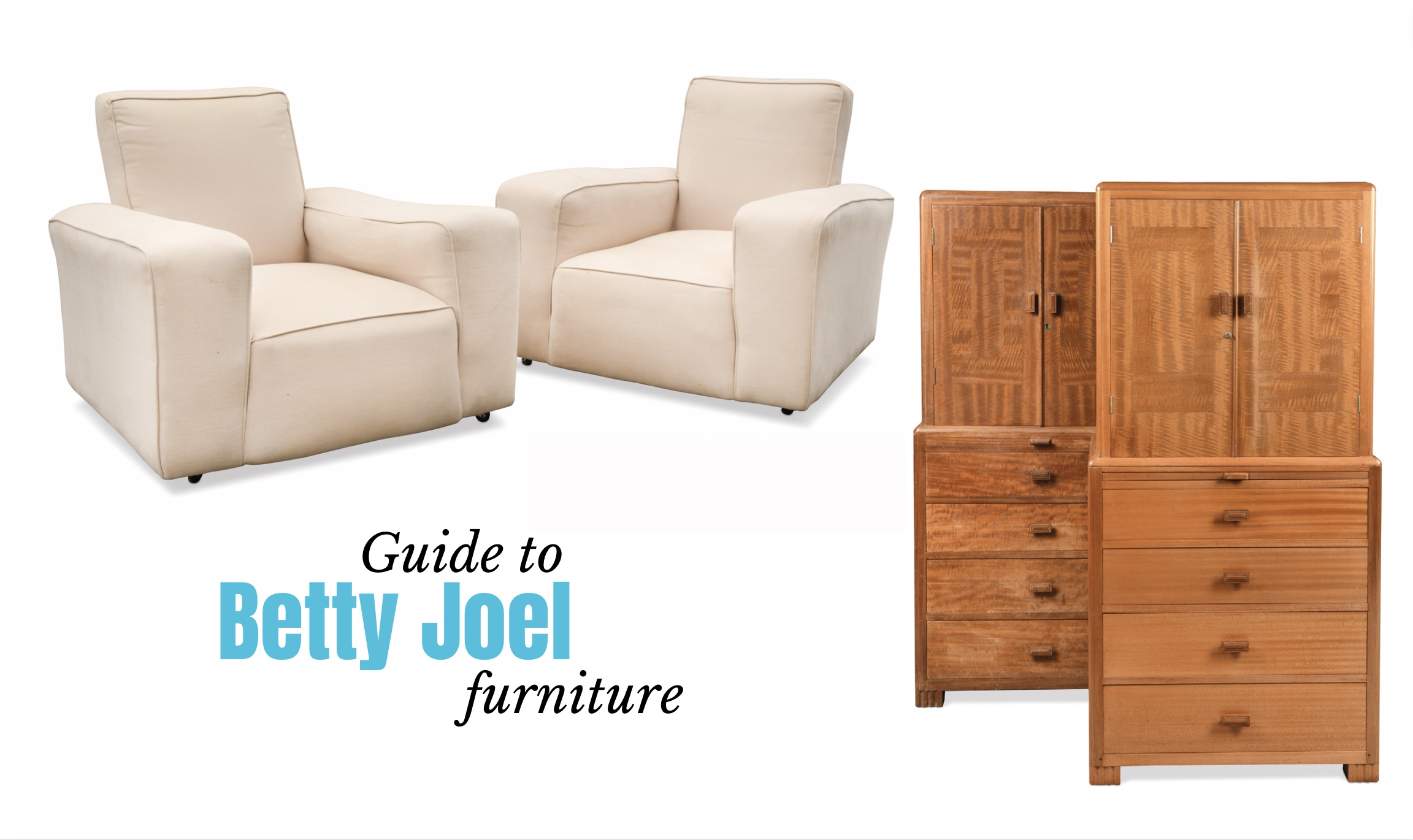#Betty #Joel #furniture #quick #guide #Antique #Collecting
 Betty Joel, one of the inter-war period’s best and most overlooked designers, is back in vogue but collectors need to act fast to snap up a bargain – read our guide to her creative career
Betty Joel, one of the inter-war period’s best and most overlooked designers, is back in vogue but collectors need to act fast to snap up a bargain – read our guide to her creative career
Despite the shortness of Betty Joel’s career – she was active for only 11 years between 1927 and 1938 – the extent of the design legacy she left is testament to both her talent and desire to push the boundaries of furniture making. While well known in her lifetime, her designs fell out of favour, but her pieces are starting to excite salerooms around the world, with bargains still to be had.
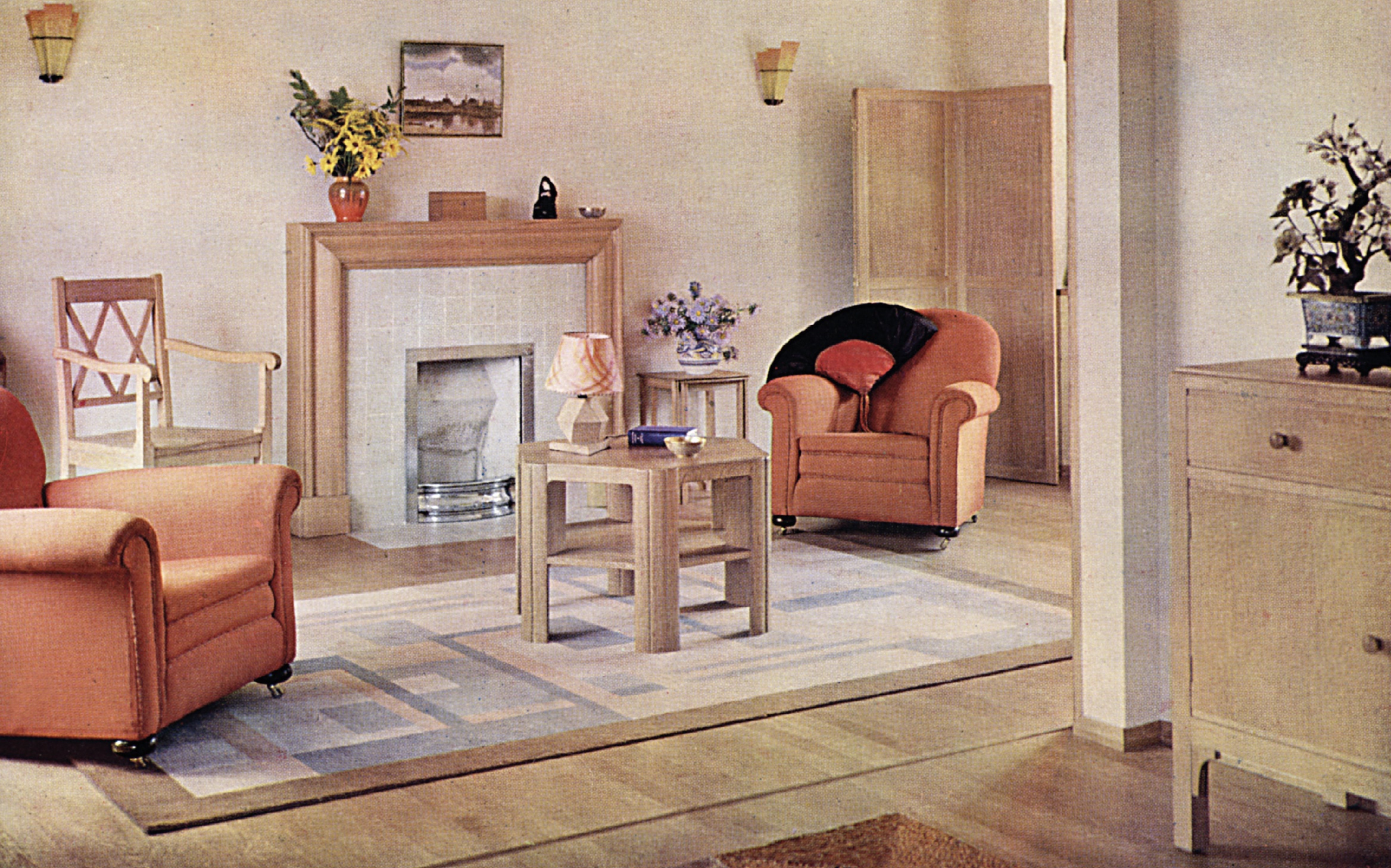
Director of the Cambridge-based auction house Cheffins, Martin Millard, said: “Well ahead of her time, Betty Joel was also a genius at marketing her furniture. Her factory in Kingston became a one-stop-shop housing a gift shop and fabrics as well as other interior design pieces. “Her target market was the UK’s middle-class housewives, for whom she created designs with no beading to ensure no trapped dust and rounded edges to avoid bruised shins.”
The good news for collectors is Betty Joel’s designs can still be picked up at relatively affordable prices at auction. But, warns Millard, values are certainly rising, with some of the best examples now selling for up to £10,000 within the trade.
Early days
Joel was born Mary Stewart Lockhart in Hong Kong in 1896, the daughter of British Colonial Officer James Stewart Lockhart and his wife Edith Rider. Betty, as she soon became known was educated in the UK, later returning to live in China at the age of 18.
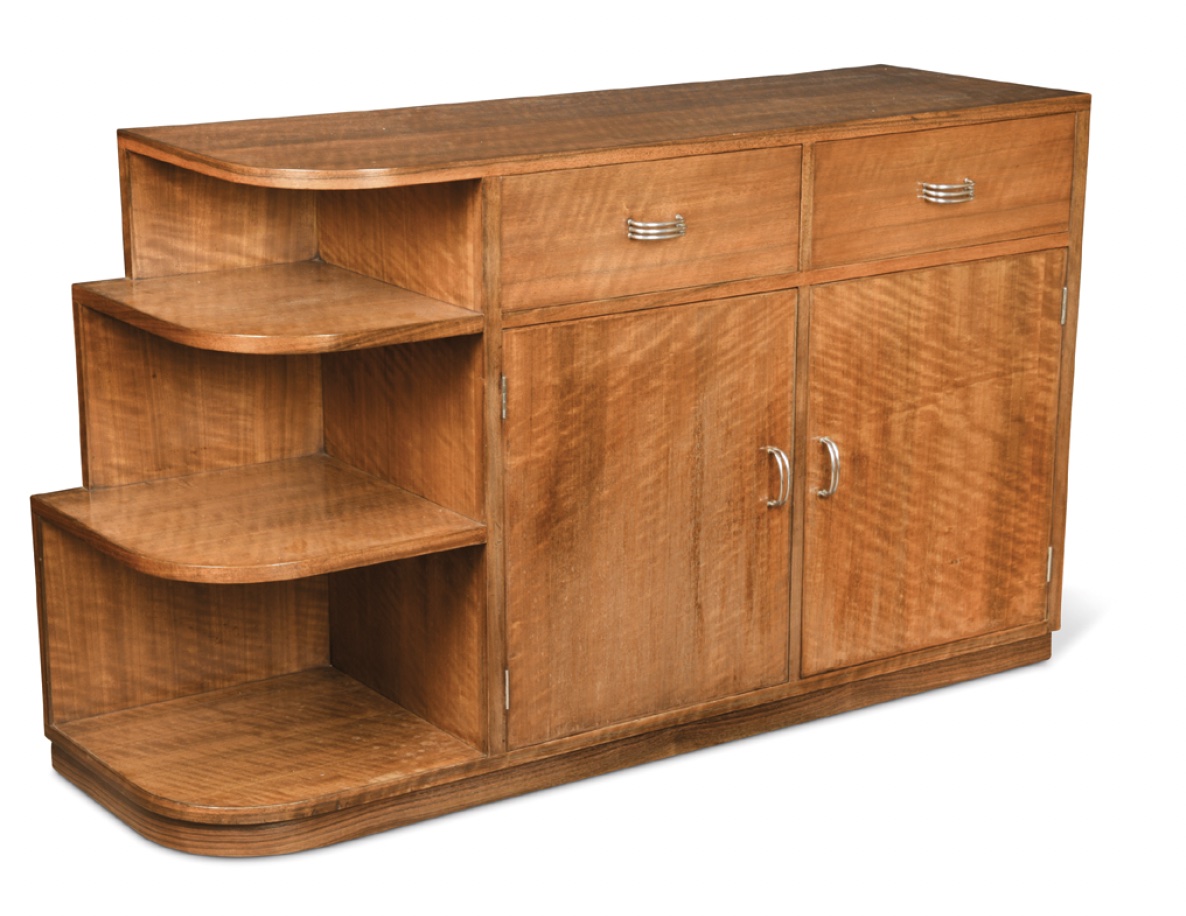
Her early years in the Far East became pivotal in inspiring and influencing her style. It was in Ceylon she met her husband David Joel, a naval officer who she married in 1918. It was almost by accident, on their return to Hayling Island in Hampshire following the end of WWI that, with no formal training, she began designing furniture for her own home and then for friends.
She is quoted saying in 1921: “I began to design furniture because I despaired of trying to adapt old furniture to the needs of my own entirely modern house.” Such was the popularity of her enterprise that the couple set up a small factory on the island, at first employing mostly ship fitters, seeking work after the war.
Soon, mainly by word of mouth, their popularity grew beyond the south coast and, needing a presence in the capital, the pair rented a showroom on Sloane Street. Orders flooded in and in 1929 the factory moved to bigger premises at Portsmouth, while Betty and David bought a large terraced house in Knightsbridge to live and work.
Clean lines
Like many other designers of art deco furniture, Betty focused on clean lines and simple forms with an intentional lack of ornamentation that showcased the materials used. The signature style was one of restaint, typically used teak or oak giving rise to the brand name “Token Works” (combining the words teak and oak).
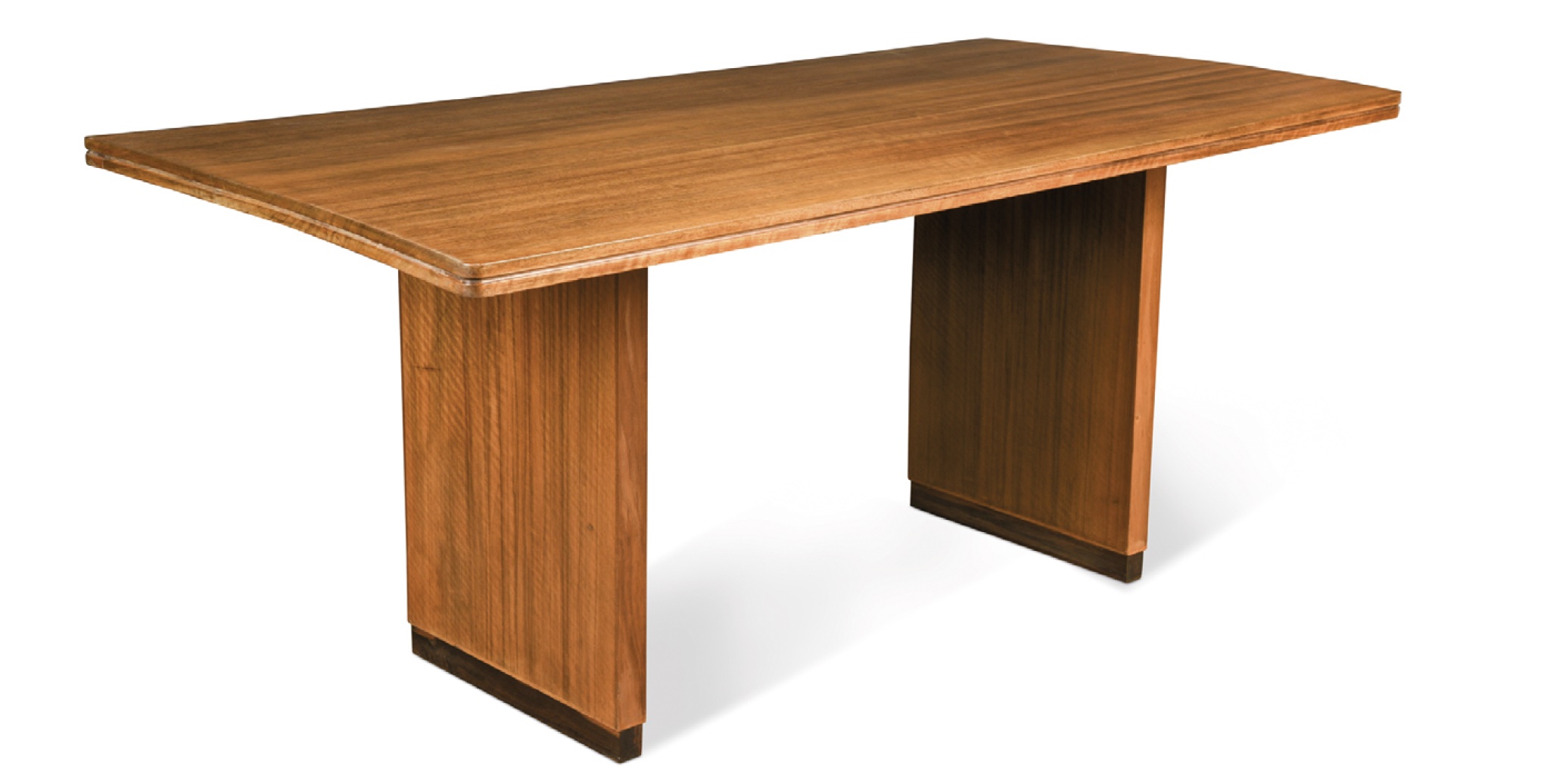
Her designs were also influenced by her childhood in the Far East with functionality always a key factor: drawers were cedar lined to prevent moths, seating neatly slotted under furniture and plain surfaces were easy to clean.
Practicality was also the reason for the company name: Betty Joel Ltd. By using her own name she hoped to appeal to a growing number of women customers attracted by the modern look. Betty soon became the face of the company, featuring in promotional photographs.
Ideal Home
With the bold company strapline being “furniture for the working woman”, to further cash-in on the female market, the company took a stand at the Ideal Home Exhibition in 1922 where Betty’s designs were lauded for their sleek design and practicality.
Martin Millard continued: “She was a woman on a mission, such was her drive that her reputation as a serious designer was quickly earnt and her popularity ensured that commissions came from far and wide including from the likes of Sir Winston Churchill, St James’s Palace Hotel and Lord and Lady Mountbatten.” Guests at the Savoy Hotel and transatlantic voyagers on the RMS Queen Mary sat in her armchairs.
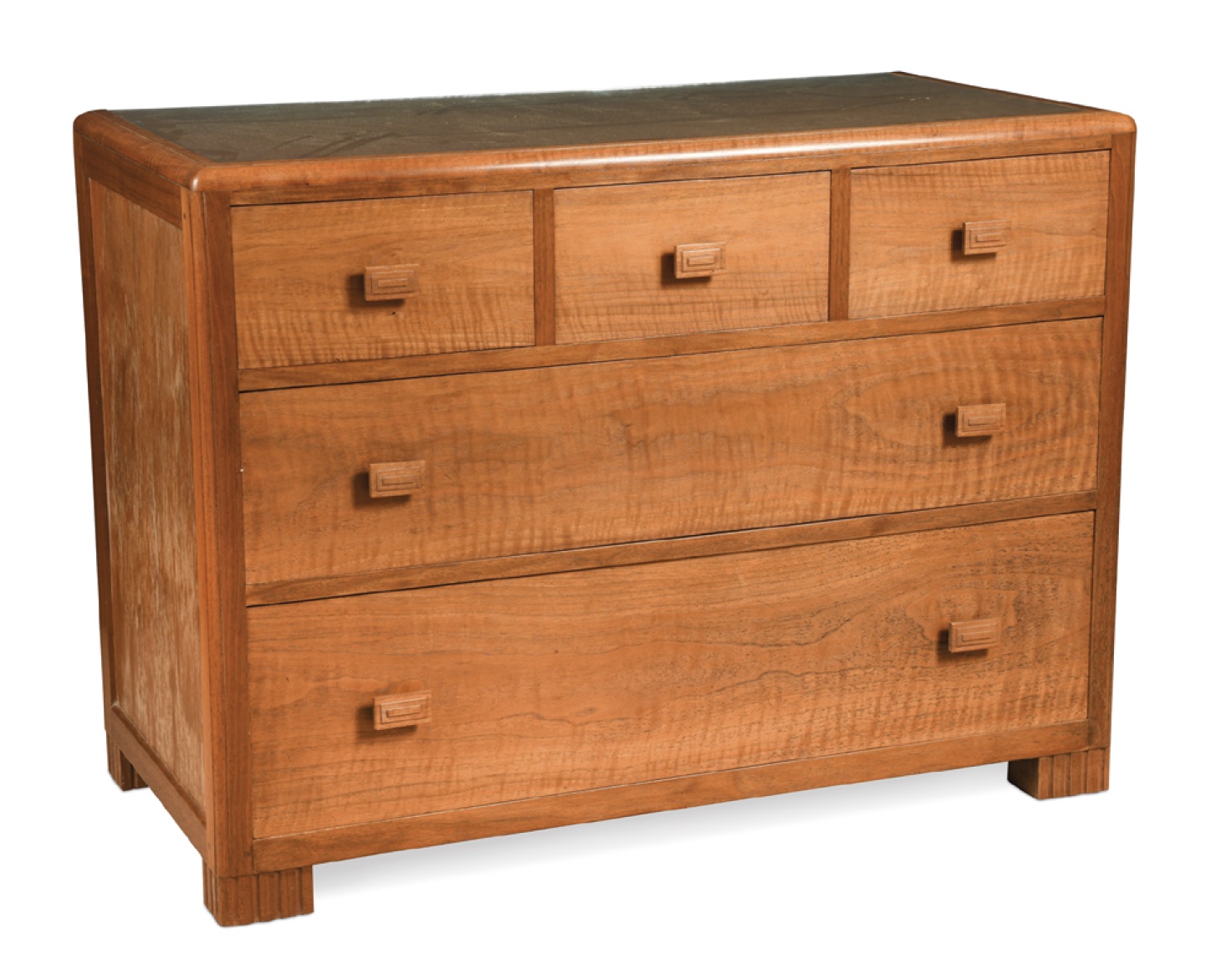
In 1930, David Joel, called their showroom in Knightsbridge: “a fashionable rendezvous for modern furniture and other aspects of the Modern Movement.” Room sets displayed paintings, often by female artists such as Laura Knight, Marie Laurencin and Anna Zinkeisen. Betty’s work was favourably featured in The Studio, the most influential decorative arts publictaion of the day.
Betty Joel Boom
During the ‘30s commissions continued to flood in demanding the building of a new factory in Kingstonupon-Thames to cope with demand.
In the spring of 1935, the Royal Academy held its famed exhibition of British Design in Industry and, along with the likes of Gordon Russell, Susie Cooper and Oliver Hill, Betty was called on to both exhibit and contribute to the accompanying catalogue called The Conquest of Ugliness edited by the exhibition organiser John de la Valette.
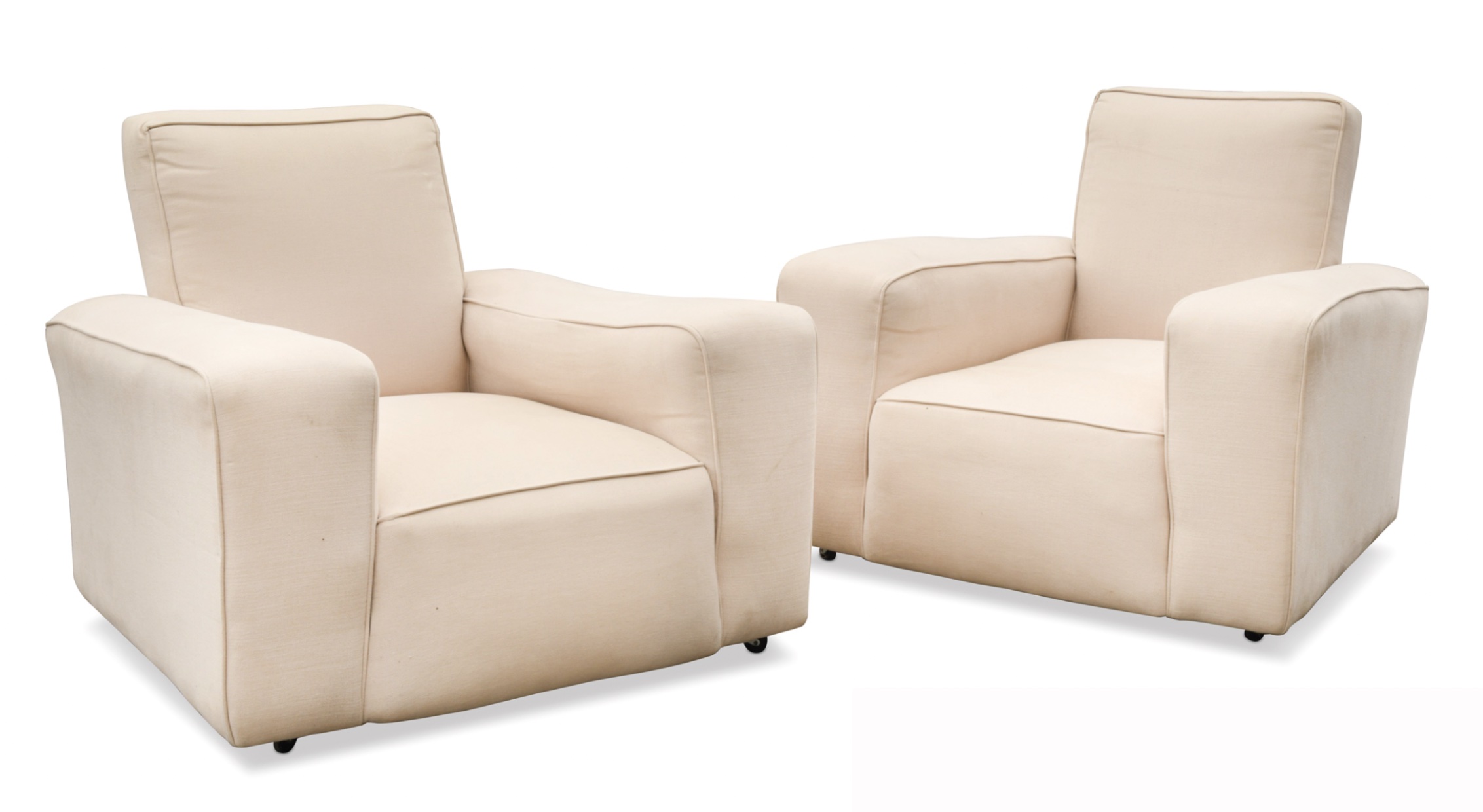
The centrepiece of Betty’s designs was a large, revolving, circular bed originally made for Lady Mountbatten. In the catalogue John de la Valette wrote: “Into the
somewhat sultry atmosphere of British furniture design shortly after the War, the name of Betty Joel entered like a gust of fresh air: disturbing to some, invigorating to many. She combines a Celtic exuberance in conception and a Scottish appreciation of reality in achievement with a broad human understanding.”
In 1936, a national newspaper described Betty as “one of Britain’s leading designers of furniture and among the few women in the history of furniture designing who have touched anything like eminence in this most specialised craft.” It predicted that in a couple of hundred years, collectors would be seeking out Joel furniture “as today they chase Chippendale or search for Sheraton.”
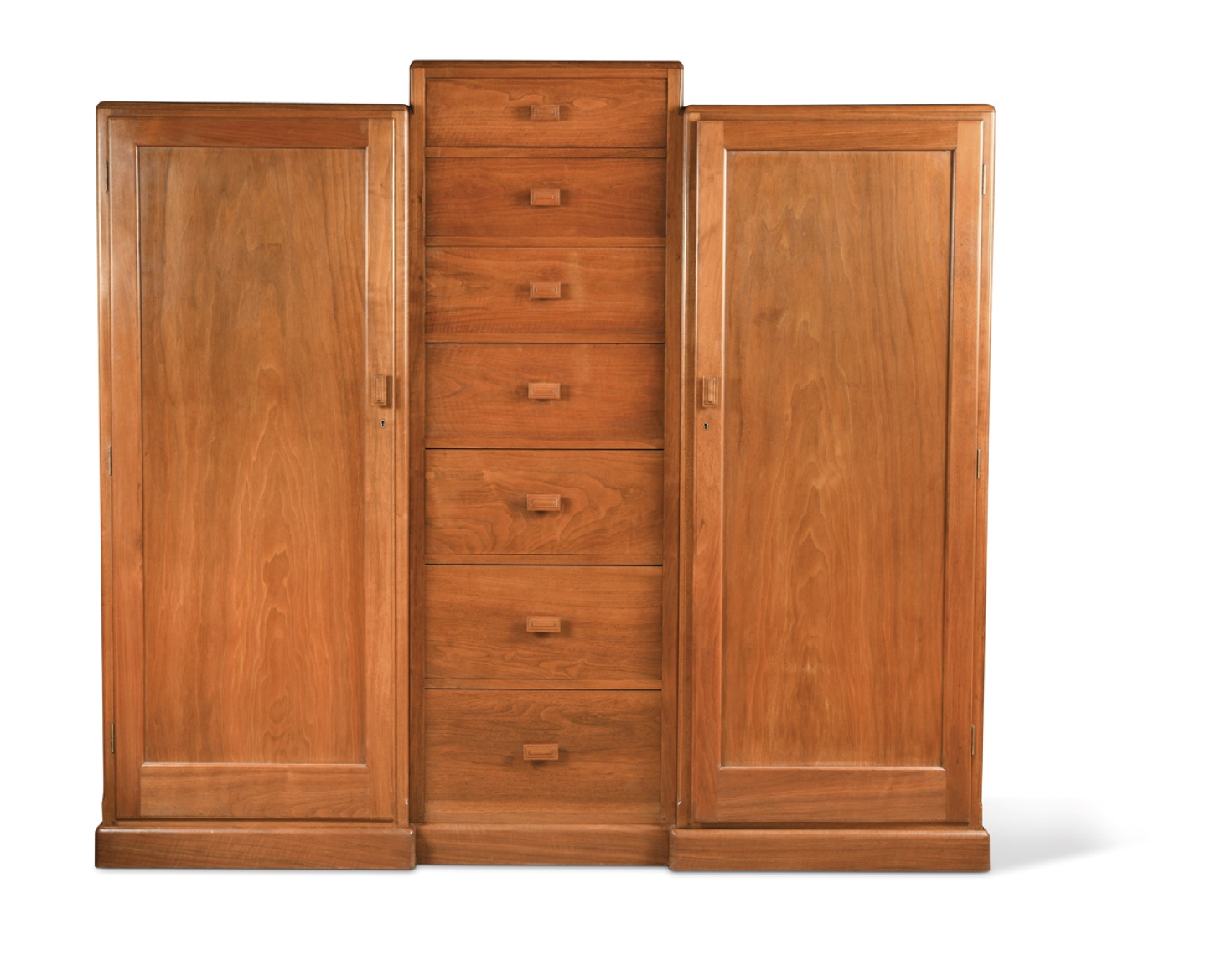
Marriage breakdown
By the late 1930s Betty was at the pinnacle of her success, with 80 employees and awards rolling in. But while she appeared to be on top of her game all was not as it seemed. Despite the plaudits and numerous orders, money was tight and splits in the partnership both personal and professional began to set in.
In 1938, her marriage unravelled and Betty left the home and business, never to design again.
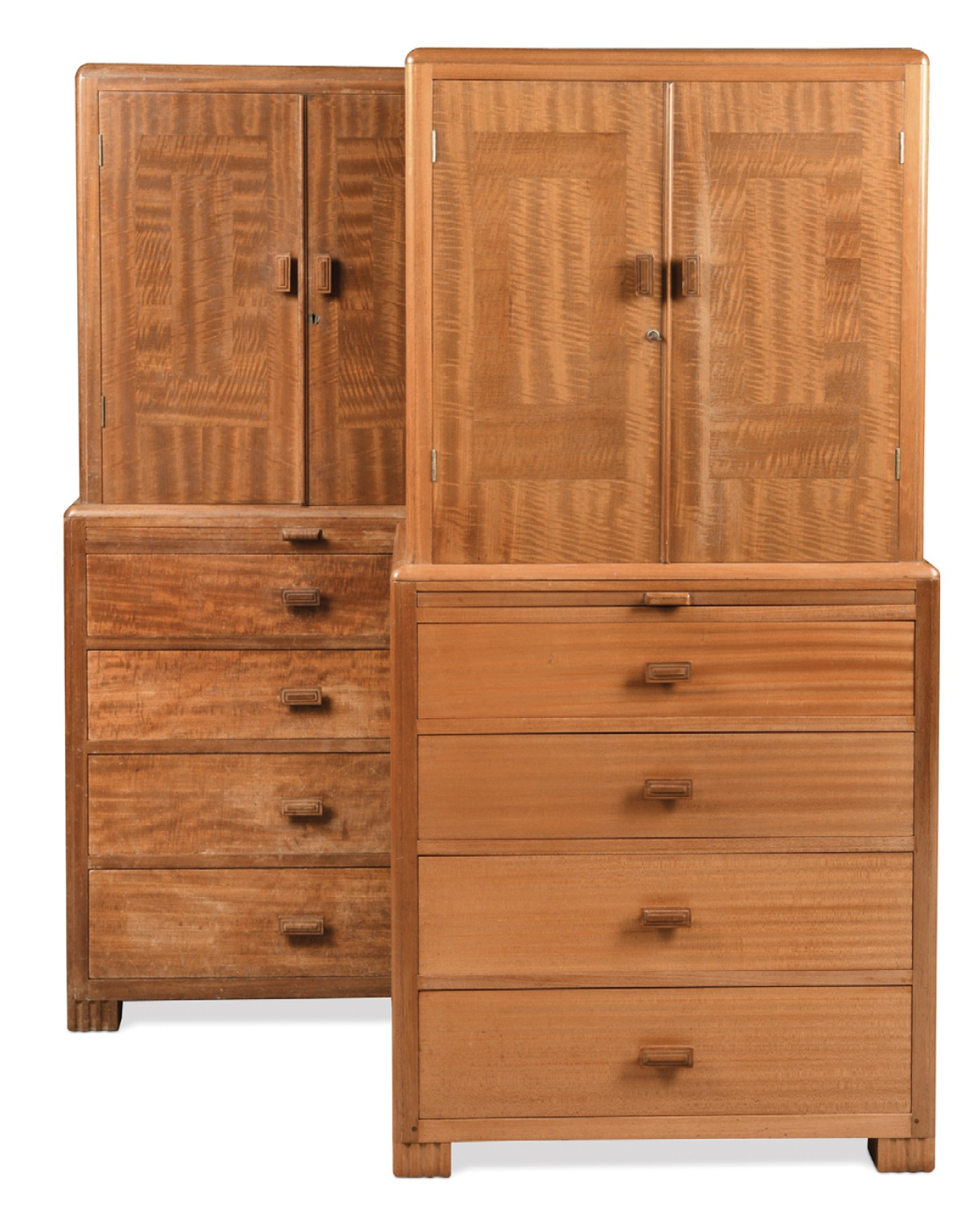
The company was re-established as David Joel Ltd. and Betty’s reputation faded. For many decades it seemed that the forecast of greatness was doomed to be inaccurate. However, since the mid-1980s her profile has started to rise again and now finally her work is attracting the attention it deserves.
Interestingly, works by Joel were signed both by her and also the craftsperson who made the piece, as she believed that their contribution to the work was just as important as her own.
A modernist house
Betty Joel Ltd was also called on to help furnish the British modernist home of the wealthy widow Marion Brownlie Blackwell (1877-1961) at 1 The Ridings, Hanger Hill in Ealing.
Built in 1900, the house was purchased new by Mrs Blackwell who, anxious the interior should match its modernist exterior, commissioned a number of bespoke designs.

According to Roger Shuff Yatol’s article, A Modern Home for a Modern Woman in the Decorative Arts Society Journal, 2020, in 1933 Betty gave Mrs Blackwell an estimate for a set of “10 Winston type chairs, eight in Walnut, two in Sycamore” priced 38 guineas.
Five years later, in 1938, obviously delighted with the purchase, Blackwell returned to the Betty Joel showroom in search of a console table to match a pair she had bought the previous summer. She was provided with a pair in white sycamore with glass rods for a price of 14½ guineas. One of the pair from the home sold at Bonhams in April for £1,200.
